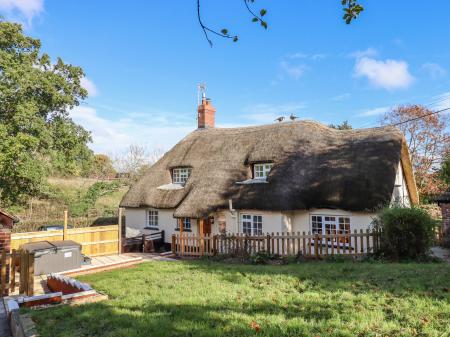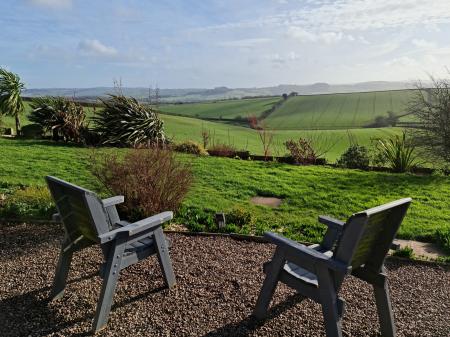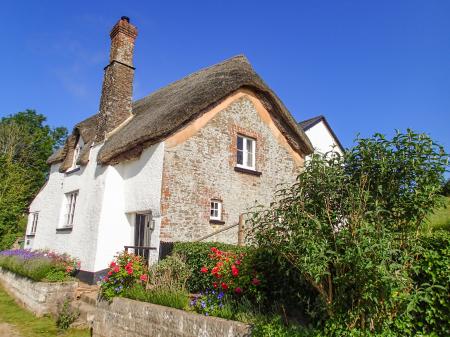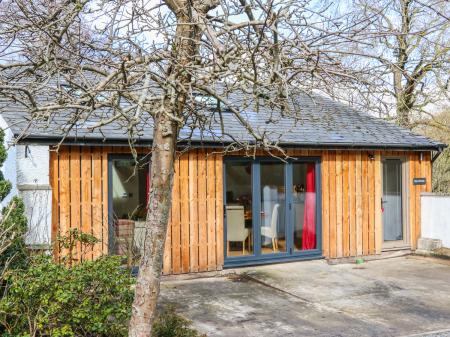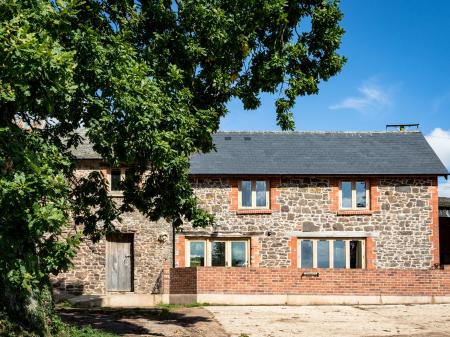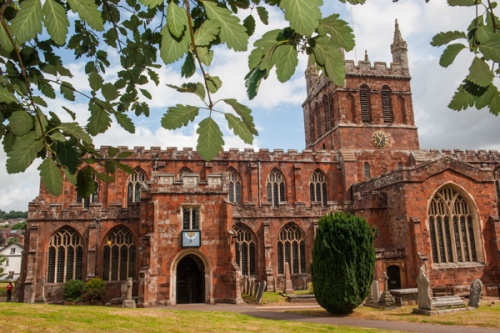
History
A monastery grew up here in the 8th century as part of efforts by the Bishop of Sherborne to bring England's west country into the Roman style of worship rather than the Celtic Christianity that prevailed in this area.
In AD 909 a bishopric was established here, and though the bishopric moved to Exeter in 1050 the church continued to own much of the land at Crediton and had the power of administration well into the 16th century. The East Town area of the Crediton grew up first, but over the centuries the area west of the church was settled and naturally became known as West Town.
From the 13th century, Crediton was a centre of the weaving industry, and serge from Crediton was exported around the globe. Many of the town centre buildings date from the Georgian era.
St Boniface
Crediton's most famous native was Boniface, a missionary monk born here in 680 AD (some accounts say AD 675). His birth name was Winfrid and he appears to have been born into a wealthy family. He was educated at a monastery in Exeter and then at Nursling, near Winchester, where he wrote the first known dictionary of Latin grammar.
Boniface was offered the abbotship of Nursling but opted to undertake a missionary expedition to Frisia, in modern Germany.
So successful was his work as a missionary that he was named the first Archbishop of Mainz and 'apostle to the Germans'. He helped reform the Frankish church and allied the Carolingian dynasty to the papacy in Rome. Boniface was killed in AD 754 and buried at Fulda. His shrine became a place of pilgrimage and he became known as the patron saint of Germany and the Netherlands.
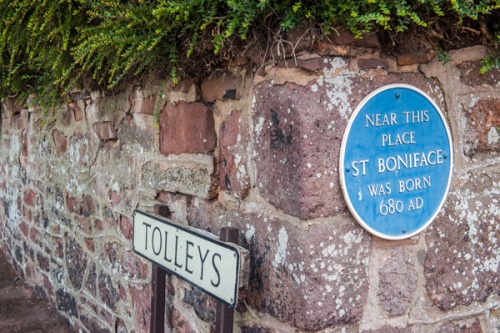
St Boniface's Birthplace
The site where Boniface is thought to have been born is marked by a blue plaque at the corner of Tolleys, off Mill Street (the A3072), about a 5 minutes walk from the church. There is no trace of the actual birthplace, and even the location of the plaque is simply tradition. In fact, the first mention of Crediton as the saint's birthplace comes only in the 14th century.
Holy Cross Church
The collegiate church of Holy Cross is as large as a cathedral. The church as we see it today is largely the work of William Langeton (d. 1413) who gave money for the decaying collegiate church to be rebuilt in Perpendicular Gothic style.
Holy Cross was saved from being destroyed at the Reformation when the townsfolk paid 200 pounds to buy it from Henry VIII. Look for the tomb of Sir John de Sully (1387) in the south aisle and the extravagant Tuckfield memorial in the sanctuary (1630).
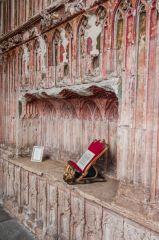
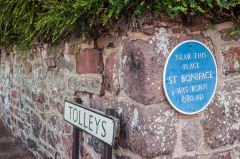
 We've 'tagged' this attraction information to help you find related historic attractions and learn more about major time periods mentioned.
We've 'tagged' this attraction information to help you find related historic attractions and learn more about major time periods mentioned.